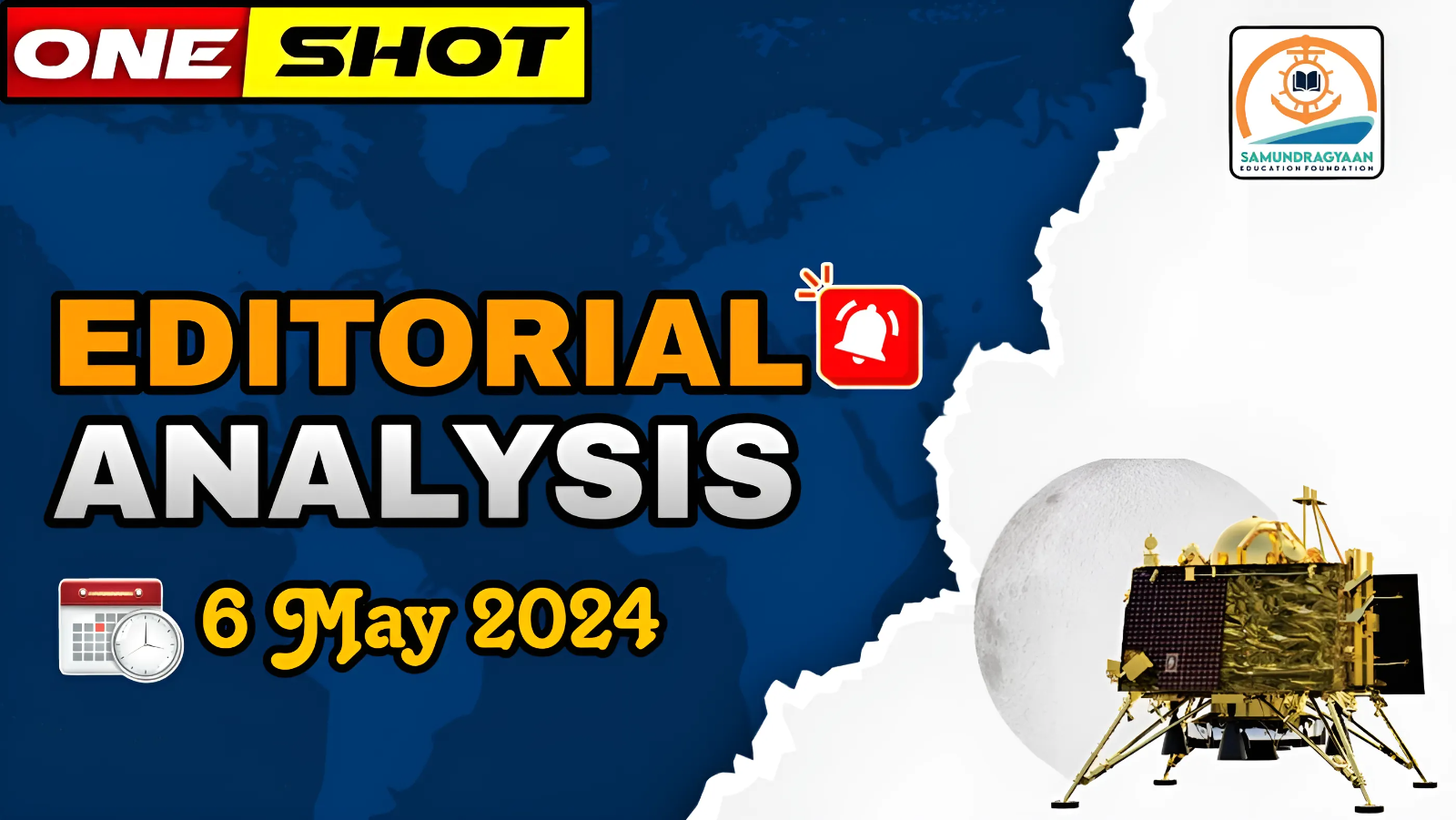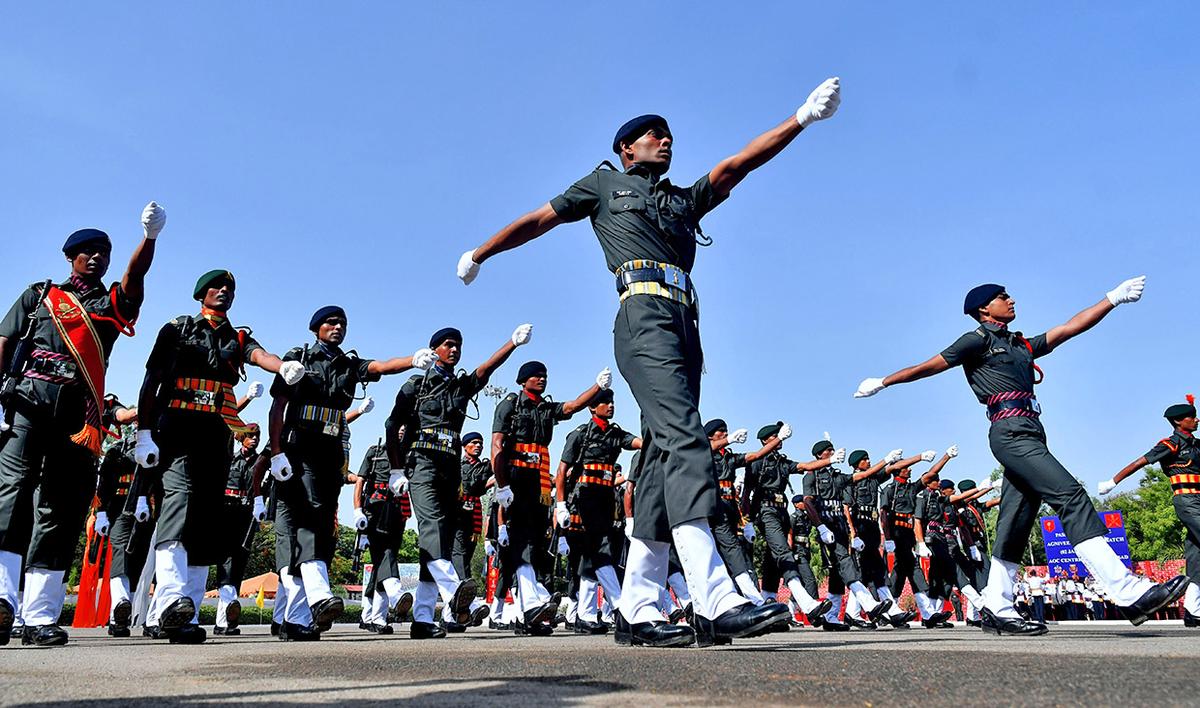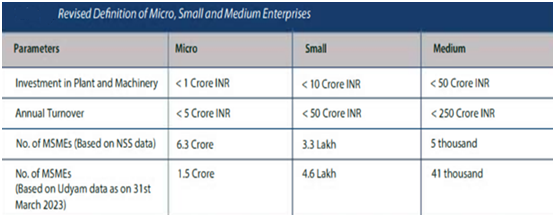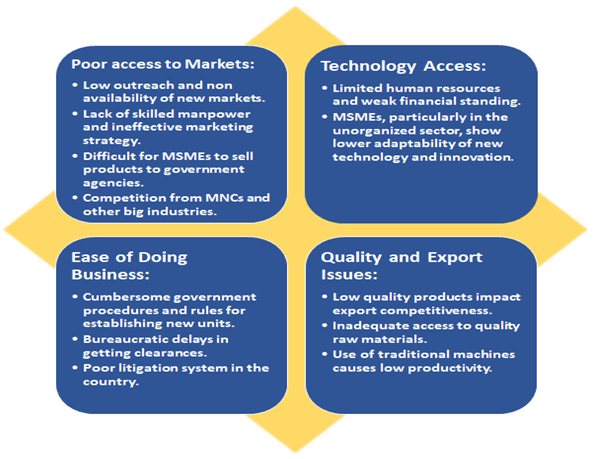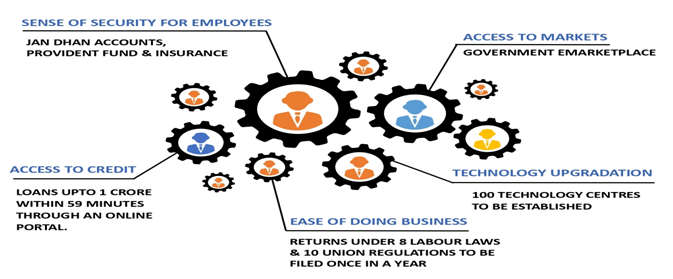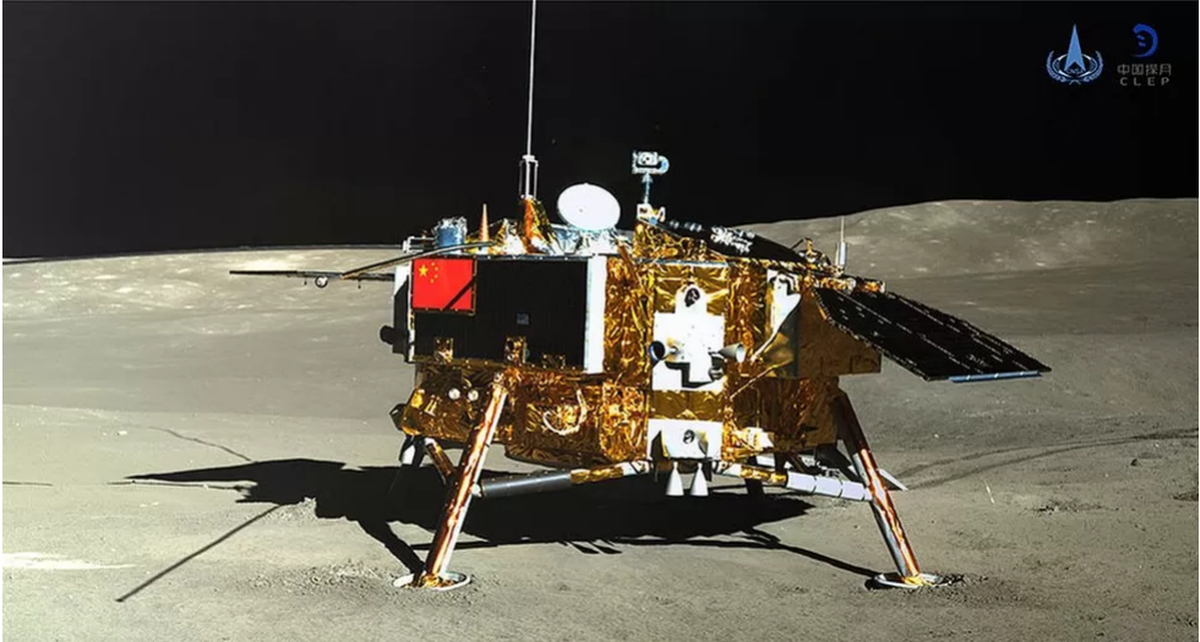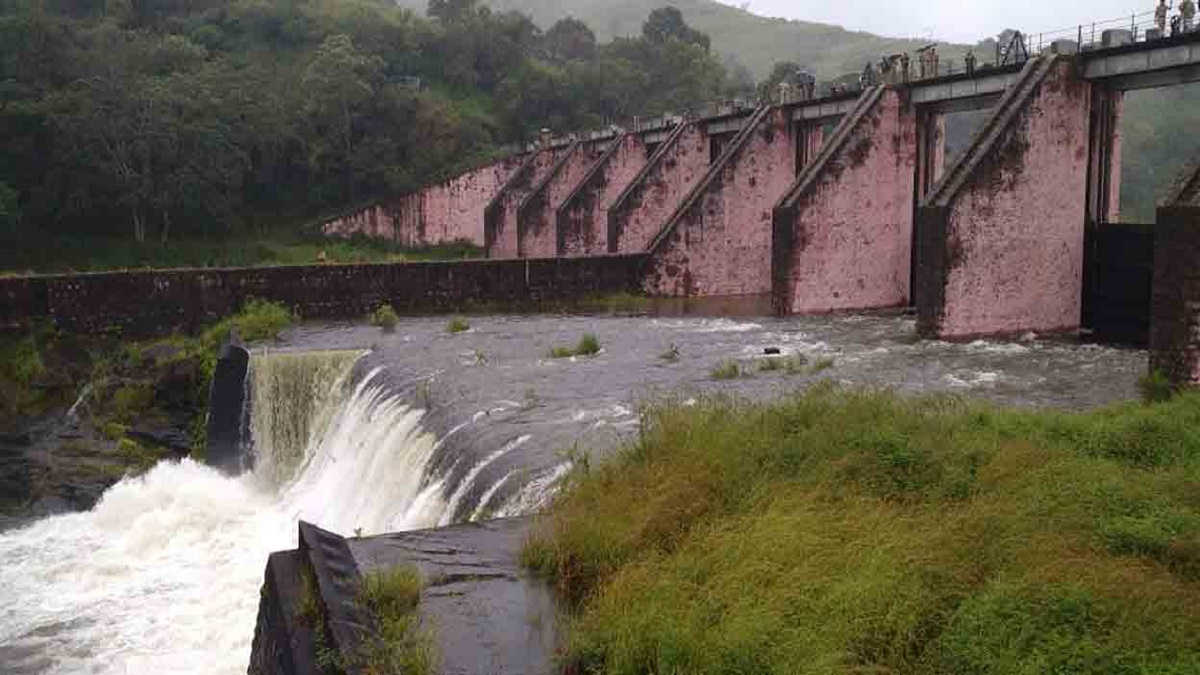| Topic: GS2 – Governance – Government policies – Issues arising out of their design & implementation |
| Context |
| ● The article discusses the necessity of establishing the Indian Defence University (IDU) to enhance the country’s defence preparedness and strategic thinking.
● It highlights the historical background of the IDU proposal, the challenges in the current professional military education system, and the urgency of the establishment of Indian Defence University (IDU). |
Introduction:
- In an era of dynamic warfare and evolving security challenges, the establishment of dedicated defence universities has become a global trend.
- However, India’s lack of an equivalent institution, such as the Indian Defence University (IDU), poses significant concerns for its defence preparedness. Countries like Pakistan and China have already established defence universities.
- This analysis delves into the historical background, challenges in the current professional military education system, and the urgent need to operationalize IDU to bolster India’s strategic acumen and national security capabilities.
Professional Military Education (PME):
- The evolving nature of warfare necessitates a robust Professional Military Education (PME) system.
- The U.S. serves as a model, with significant reforms initiated by the Goldwater-Nichols Defense Reorganisation Act and ‘Ike’ Skelton’s recommendations to enhance military education.
- Indian armed forces require a comprehensive education system emphasising academic rigour to address contemporary security challenges effectively.
Historical Context:
- The idea of an Indian Defence University (IDU) dates back to 1967 when the Chiefs of Staff Committee proposed its establishment.
- After the Kargil conflict, a committee chaired by Dr. K. Subrahmanyam recommended the creation of IDU.
- Despite initial approval in 2010, progress on establishing IDU has been slow, hindering the development of a unified Professional Military Education (PME) framework.
Challenges in Current System:
- While India boasts world-class training institutions, there is a lack of an integrated Professional Military Education (PME) framework and interdisciplinary approach to strategic thinking.
- Affiliations with universities for degree courses do not adequately address military education requirements.
Purpose and Structure of IDU:
- IDU aims to bridge existing gaps in Professional Military Education (PME) by providing higher military education with a qualified faculty comprising academics, serving, and retired military officers.
- The curriculum of IDU would encompass diverse subjects relevant to national security and defence, blending theory with practical application.
Misconceptions about Rashtriya Raksha University (RRU):
- Comparing Indian Defence University (IDU) with Rashtriya Raksha University (RRU) is inappropriate as their objectives and curricula differ significantly.
- RRU’s focus is not solely on military requirements for war management and plan execution.
Urgency of Establishing IDU:
- Delays in commissioning IDU undermine defence preparedness, strategic culture, and inter-service integration.
- Operationalizing IDU is imperative to lay the foundation for joint warfighting through a forward-looking military education curriculum.
Conclusion:
- The establishment of IDU is long overdue, and its realisation is critical for enhancing India’s defence preparedness and strategic acumen.
- Prompt action is required to initiate IDU and develop a curriculum aligned with contemporary security challenges and the evolving nature of warfare.
| Importance of Indian Defence University (IDU) in strengthening the country’s defence capabilities and strategic planning |
| Importance:
● Enhances Defense Preparedness: IDU serves as a crucial institution to prepare military officers for contemporary security challenges, ensuring readiness in defence operations. ● Fosters Strategic Thinking: By providing a comprehensive education system, IDU cultivates strategic thinking among officers, enabling them to anticipate and adapt to evolving threats effectively. ● Promotes Inter-Service Integration: IDU facilitates collaboration and synergy among different branches of the armed forces, leading to better coordination and joint warfighting capabilities. ● Addresses Deficiencies in Current System: India’s fragmented professional military education system lacks an integrated framework. IDU fills this gap by offering a centralised institution focusing on academic rigour and practical application. ● Incorporates Multidisciplinary Approach: With a diverse curriculum covering subjects relevant to national security and defence, IDU equips officers with a holistic understanding of defence strategy, combining theory with practice. ● Supports Defence Modernization: IDU plays a pivotal role in aligning military education with technological advancements and modern warfare tactics, ensuring that the armed forces remain agile and adaptive. ● Strengthens National Security: By producing well-trained and strategically-minded officers, IDU contributes significantly to bolstering India’s overall defence capabilities, safeguarding the nation against external threats and challenges. Challenges: ● Fragmented Education System: India’s military education landscape is characterised by disparate institutions, lacking a unified framework for professional military education. ● Lack of Interdisciplinary Approach: Current institutions primarily focus on technical and operational aspects, neglecting the interdisciplinary nature of modern warfare and strategic thinking. ● Insufficient Academic Rigour: Many existing military training establishments lack the academic depth required to address contemporary security challenges adequately. ● Limited Civil-Military Integration: There is a gap between military and civilian expertise, hindering comprehensive strategic planning and decision-making. ● Slow Progress in Establishing IDU: Despite initial approval in 2010, the establishment of the Indian Defence University (IDU) has faced delays, prolonging the absence of a centralised institution for higher military education. ● Resource Allocation: Allocating sufficient resources, including funding and qualified faculty, poses a significant challenge in establishing and maintaining a comprehensive defence university like IDU. |
| Practice Question: Explain the importance of Indian Defence University (IDU) in strengthening the country’s defence capabilities and strategic planning. (150 Words /10 marks) |

